What is the full form of DBMSDBMS: Database Management SystemDBMS stands for Database Management system. A database in computing is a structured collection of electronically accessible and stored data. The combined database, database management system, and related applications are referred to as a system of databases. The term "database" is frequently used ambiguously to describe any DBMS, database system, or database-related application. 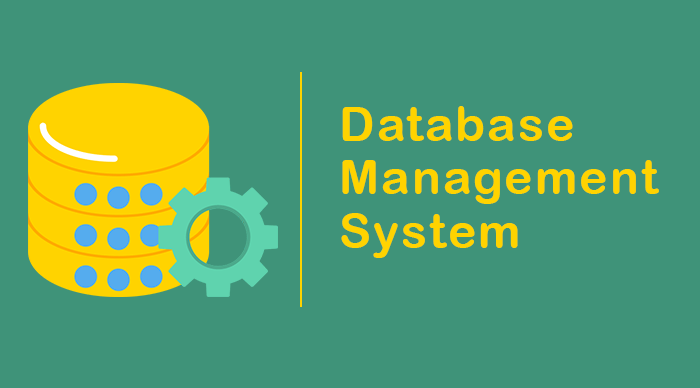
Computer scientists can categorize database management systems based on their support database models. In the 1980s, relational databases rose to prominence, and Non-relational databases, known as NoSQL because they employ many query languages, gained popularity in the 2000s. 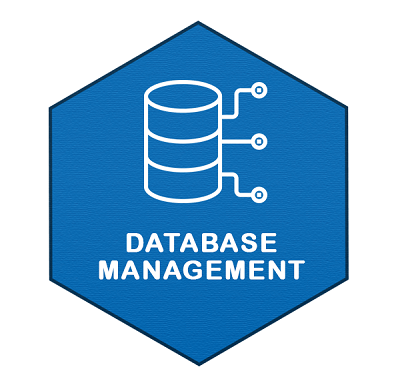
Definitions And OverviewFormally, a "database" refers to a collection of corresponding data and the arrangement of that data. Large amounts of data can be entered, stored, and retrieved using the DBMS's numerous functionalities, which also offer options to control how the information is arranged. Due to their close connection, the term "database" is frequently misused to describe a database and the DBMS is used to manage it. Existing DBMSs offer a variety of management functions for databases and their data, which can be divided into four primary functional categories: Data Definition: The creation, update, and deletion of purposes that specify how the data are organized. Update: Insertion, modification, and deletion of the actual data. Retrieval: Giving information in a form that we may use right away or that can be processed further by other programmes is known as retrieval. The data can be devised open in a record essentially identical to how it is stored in the database or in a new form created by merging or changing the data already in the database. Administration: Registration of users, user monitoring, data security enforcement, performance tracking, data integrity upkeep, concurrency management, and data recovery from events that have contaminated the data are all aspects of administration. 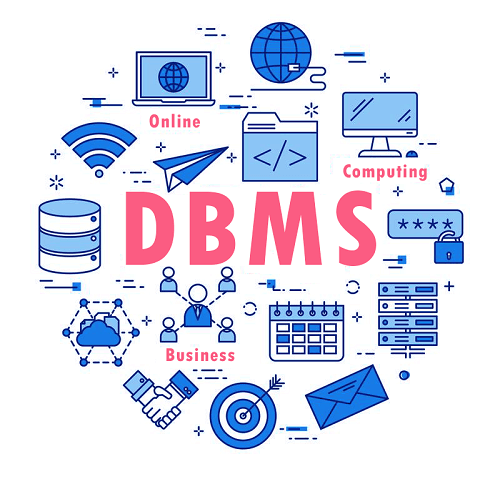
A database adheres to the fundamentals of a specific database model, as does its DBMS. Database models, management systems, and databases are called "database systems." Database servers typically include multiple processors, lots of memory, and RAID disc arrays for reliable storage. In environments with significant volumes of transactions, hardware database accelerators linked to one or more servers over a high-speed channel are also employed. The majority of database applications use DBMSs as their foundation. Although modern DBMSs frequently rely on a conventional operating system to deliver these tasks, some DBMSs may be built around a unique multitasking kernel with built-in networking capability. Computer and storage companies frequently consider DBMS requirements in their development plans because DBMSs represent a sizable market. In addition to the query terminology(s) operated to access the database (like SQL or XQuery), databases and DBMSs can be categorized based on the database model(s) and security. HistoryDatabases and their corresponding DBMSs have grown by size, functionality, and performance. Early systems relied on sequential data storage on magnetic tape. Still, the development of direct access storage media like magnetic discs, which became widely accessible in the mid-1960s, made the concept of a database conceivable. The hierarchical prototype and the CODASYL prototype were the primary early navigational data models (network model). These were distinguished using pointers, frequent physical disc addresses, to trace links between records. 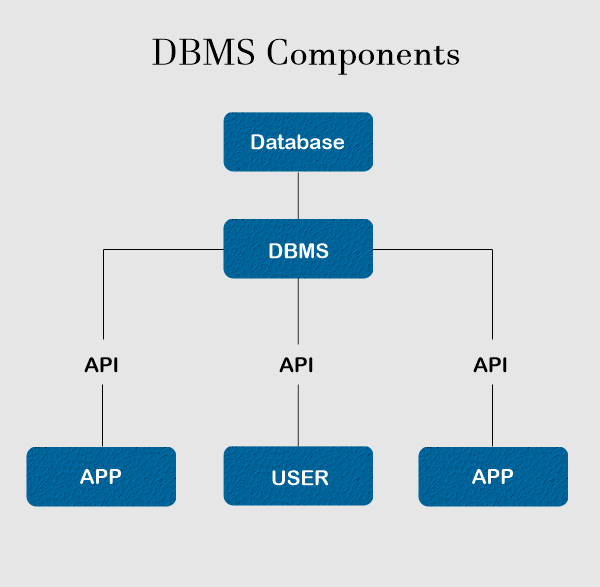
In contrast to this tradition, the relational example, sooner put forth by Edgar F. Codd in 1970, insisted that programmes should look for data by content rather than by links. Sets of ledger-style tables, each utilized for a distinct sort of entity, are employed in the relational paradigm. Evolution of DBMSComputer hardware didn't become strong enough to enable the widespread use of relational systems until the middle of the 1980s (DBMSs plus applications). But by the early 1990s, relational systems had taken over in all large-scale data processing applications, and they still did in 2018. The most popular DBMSs are IBM Db2, Oracle, MySQL, and Microsoft SQL Server. Database languages for different data models have been affected by the predominant database language, standardized SQL for the relational model. To solve the problem of object-relational impedance mismatch, they created object databases in the 1980s, which gave rise to the phrase "post-relational" and hybrid object-relational databases. 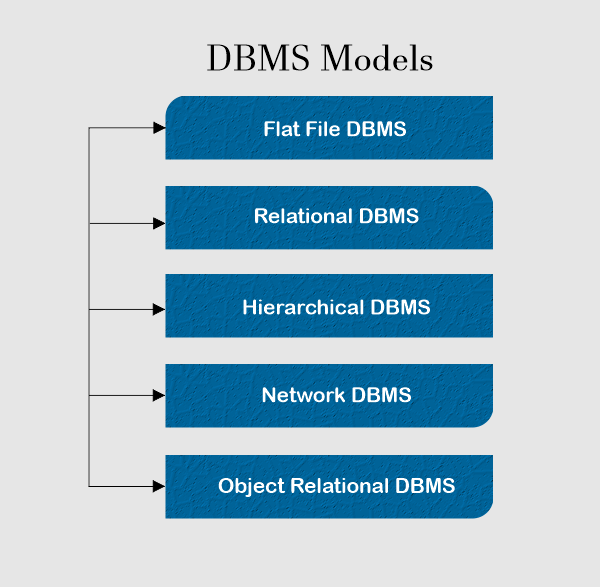
With the introduction of quick key-value stores and document-oriented databases in the late 2000s, the subsequent generation of post-relational databases became NoSQL databases. NewSQL databases, a rival "next generation," made an effort to reimplement the relational/SQL model while attempting to match NoSQL's superior performance compared to commercially available relational DBMSs. In the 1960s, DBMS for navigation Database and for navigational information, basic navigational framework Database CODASYL model was used. DBMS in the 1960s:We first used the term "database" as direct-access storage (discs and drums) was widely available in the middle of the 1960s. By permitting shared interactive use rather than daily batch processing, the phrase stood in contrast to the tape-based systems of the past. According to the Oxford English Dictionary, the term "database" was first used in a precise technical sense in a 1962 paper by the System Development Corporation of California. Various general-purpose database systems appeared as computer speed and capabilities increased. By the mid-1960s, many of these systems had entered the commercial world. Charles Bachman, the creator of one such product, the Integrated Data Store (IDS), saw an increase in the need for a standard and established the Database Task Group of CODASYL, the organization in charge of developing and standardizing COBOL. The CODASYL method, which the Database Task Group supplied as their standard in 1971, quickly inspired several commercial systems to hit the market. 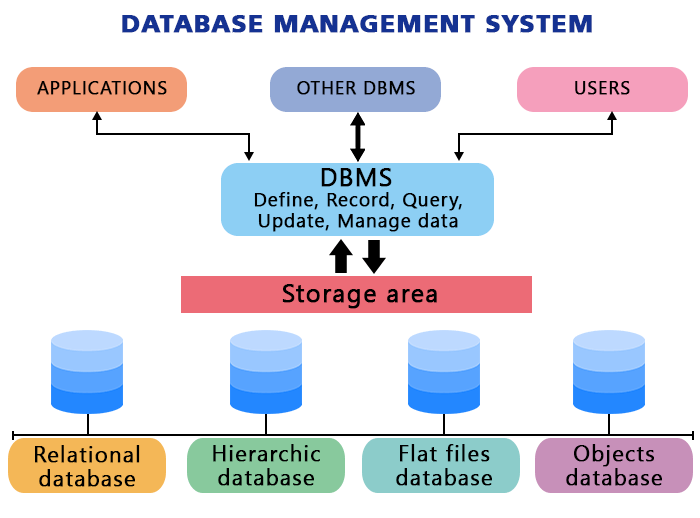
Around the CODASYL method, they gave programmes the power to move through a network of linked data. Applications may search for records using techniques such as applying a primary key (known as a CALC key, typically implemented by hashing). Moving relationships (also known as sets) from one record to another while sequentially scanning all the records. Systems later introduced B-trees to offer other access routes. They also implemented a declarative query language in many CODASYL databases that are final users (distinct from the navigational API). However, CODASYL databases were complicated and created applications that practically needed a lot of training and work. In 1966, IBM launched its DBMS (IMS) Information Management System. IMS was a version of software created on the System/360 for the Apollo programme. IMS and CODASYL had broadly similar concepts. However, IMS's data navigation model employed a tight hierarchy compared to CODASYL's network approach. Due to how data was accessible, both ideas later became known as navigational databases. IMS is a hierarchical database according to IBM. The TOTAL databases from IDMS and Cincom Systems are categorized as network databases. 2014 saw the continued use of IMS. DBMS in 1970s :Edgar F. Codd worked at an IBM subsidiary office in San Jose, California, that specialized in the creation of complex disc systems. He was not pleased with the CODASYL approach's navigational architecture, particularly the absence of a "search" feature. He published a set of papers in 1970 outlining a novel method for building databases, eventually leading to the ground-breaking, Relational Model of Data for Large Shared Data Banks. He discussed a novel method for storing and managing big datasets in this research. Codd's concept was to structure the records rather than keeping them in a linked list of free-form entries like in CODASYL. 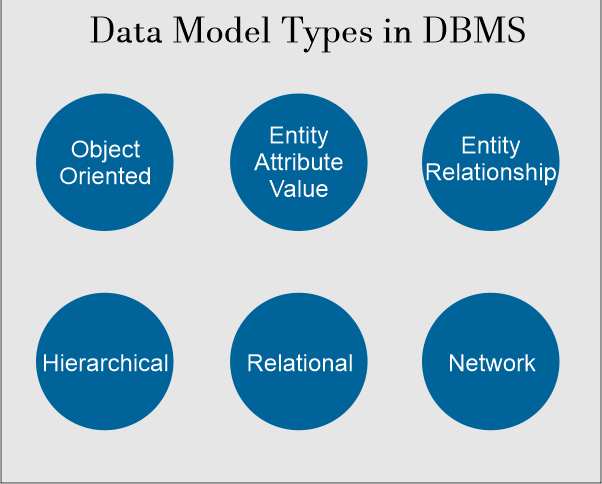
Codd planned to divide the data into many "tables," with each table housing a distinct kind of entity. Each table would have a set number of columns that would each include an entity's attributes. Each table had one or more primary keys that could be used to uniquely to identify the rows of the table (from which the model takes its name). Attempting to ensure that they only recorded each "fact" once, the data was divided into a collection of normalized tables (or relations). Hence making update processes simpler. Views, essentially virtual tables, could expose the data to users in various ways, but they couldn't directly modify them. Instead of using tables, rows, and columns to describe the model, Codd used relations, tuples, and domains. Early implementations gave rise to the terminology that is currently widely used. Later, Codd would criticize the propensity of practical implementations to deviate from the mathematical underpinnings of the model. They chose primary keys (user-oriented IDs) over disc addresses to express cross-table associations. From a technical standpoint, it made it possible to move and resize tables without spending money on database rearrangement. Using explicit identifiers made it simpler to define update operations with clear mathematical definitions. It also allowed query operations to be defined in the recognized field of first-order predicate calculus. Because these operations have apparent mathematical properties, it is possible to rewrite queries this way. However, Codd was more interested in the difference in semantics on which query optimization is based. Compared to hierarchical or network models, there is no loss of expressiveness, even though the links between the tables are no longer prominent. Records could have a complicated internal structure in hierarchic and network models. For instance, an employee's past salaries might be displayed as a "repeating group" in their employment record. Such internal structures were replaced by data maintained in many tables and related simply by logical keys due to normalization in the relational model. For instance, a database system is frequently used to track users information, including their names, log-in details, addresses, and phone numbers. They would include all of this information in the maritime strategy. DBMS In Present TimeSQL 2000, NoSQL, and NewSQL are today's time DBMS. XML is the latest database that is being used in today's time. A structured document-oriented database is called an XML database enables querying based on the attributes of an XML document. Scientific publications, patents, tax returns, and employment records are a few examples of applications where XML databases are frequently utilized. NoSQL databases are often extremely quick, don't need predefined table schemas, store denormalized data instead of joining it, and are made to scale horizontally. However, massively distributed databases with high partition tolerance have been in considerable demand in recent years. ConclusionSince the 1960s, database technology has been a popular study area in academia and business research and development departments. The creation of prototypes and theories are both included in the research activity. Models, the atomic transaction idea, related concurrency control strategies, query languages and query optimization approaches, RAID, and more have all been prominent research areas. 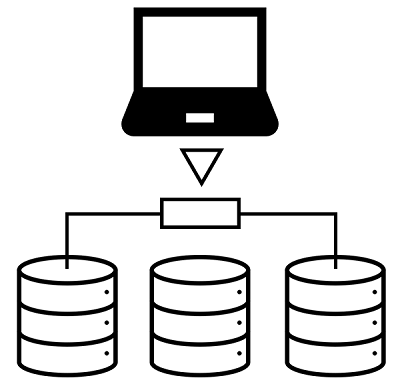
Annual conferences and several specialized academic journals (such as ACM Transactions on Database Systems-TODS and Data and Knowledge Engineering-DKE) are available for database research.
Next TopicFull Form
|
 For Videos Join Our Youtube Channel: Join Now
For Videos Join Our Youtube Channel: Join Now
Feedback
- Send your Feedback to [email protected]
Help Others, Please Share










